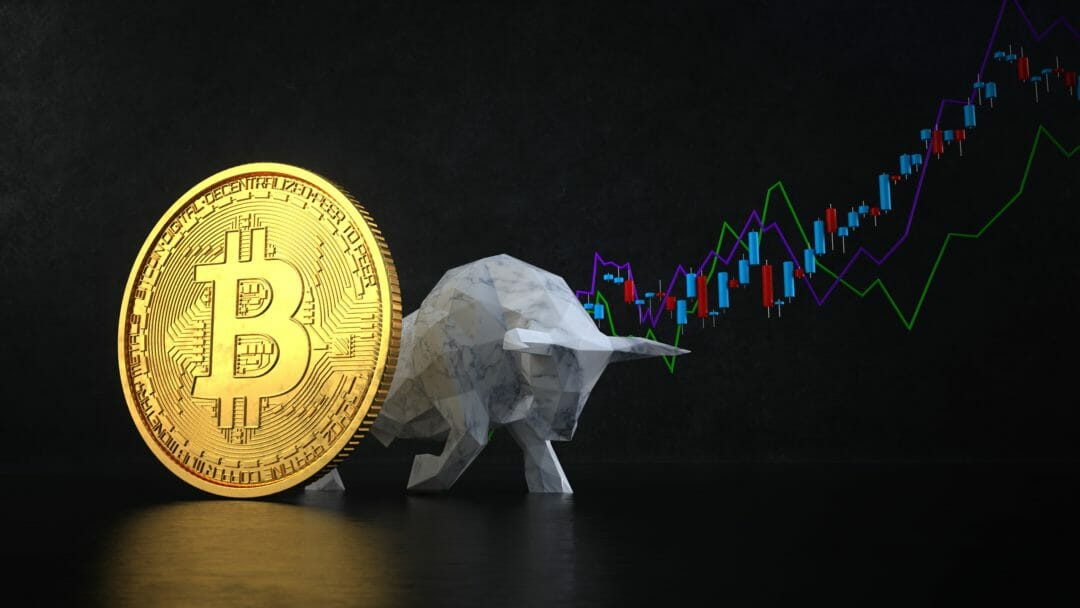Whilst the rest of us reeled from coronavirus and near permeant state of lockdowns, 2020 was an unmitigated success for the major cryptocurrencies and the early signs suggest that 2021 will follow suit.
Bitcoin delivered growth of 270%, whilst Ethereum, too long the poor cousin, returned 450% and Litecoin appreciated 191%. Not bad for an asset still in its infancy that few understand, when, by comparison, the FTSE100 over the same period lost 15%. Stirring stuff for even the most traditionally minded investor, many of whom had initially shared Warren Buffet’s feeling that all crypto is “rat poison”.
2021 has been similarly ecstatic for the mainstream cryptos since the new Year. At the time of writing, we have seen stratospheric returns over a 7-day period of 24% on Bitcoin, 61% on Ethereum, and 32% on Litecoin. Make no mistake, I would expect to see corrections; the asset is after all exquisitely volatile, but in recent years has always gone on to higher highs.
There remain, of course, many eminently sensible questions around the recent boom: why, how, and what happens next. This is best seen through the lens of adoption.
Crypto as an industry, and an asset class, has now come of age. Let us not forget, that it is in the relatively recent past (such as the previous 18 months) that it was the soul preserve of a niche within a niche. Now, however, crypto is firmly in the mainstream — the recent boom was reported by the BBC and Financial Times no less.
Value of Bitcoin and other digital currencies continue meteoric rise — quick profit or the future of payments?
We are at a tipping point, as with any technology, where it reaches the point of no return. This is sometimes called “the iPhone moment” with good reason. We are seeing a classic “S Curve” of crypto becoming a dominant technology.
This is particularly felt in traditional financial services and banking arena, much to the chagrin of those shouting the word “bubble” at the top of their lungs! A recent report, from Citibank, to its institutional clients, put their flag firmly in the ground with a price prediction of $318,000 by 2021.
Interestingly, their analysis was via comparison to the gold market of the 1970s. JP Morgan strategists postulate $146,000, as the asset is already competing with gold, but concede that volatility needs to drop to unlock price potential. These credible city sources contrast strongly with the “finger in the air” projections we’ve previously heard from those inside the crypto industry!
More importantly this is translating into institutional sentiment, which in turn has driven prices. Recent votes of confidence for crypto include analysts at the $631 billion investment firm AllianceBernstein “I have changed my mind about bitcoin”, and Chief Investment Officer of Blackrock, with $8 trillion under management, declaring bitcoin a “durable mechanism”. The power of this good news, and buying power this creates, cannot be underestimated: Paypal and Greyscale are currently purchasing more bitcoin than is being created.
The data is persuasive; Delphi Digital, highlights that bitcoin’s monthly relative strength index (RSI), a momentum indicator, is about to enter territory not seen since the end of 2016. Crypto OTC desks are clocking in record volumes. Similarly, retail investors exchanges of choice have seen a substantial uptick. Combined daily volumes for Coinbase, Bitstamp, Kraken, Gemini and ItBit have been $1.5bn, a substantial increase on the typical $488 million average.
For those people like me working in the industry, it is truly fascinating times. The UK regulator, the FCA, reported last summer that the number of Brits buying crypto had doubled over a year – I see no reason for this rate of growth to stall. Technologists and investors alike should make efforts to acquaint themselves with crypto: it is time to take note or be left behind.








